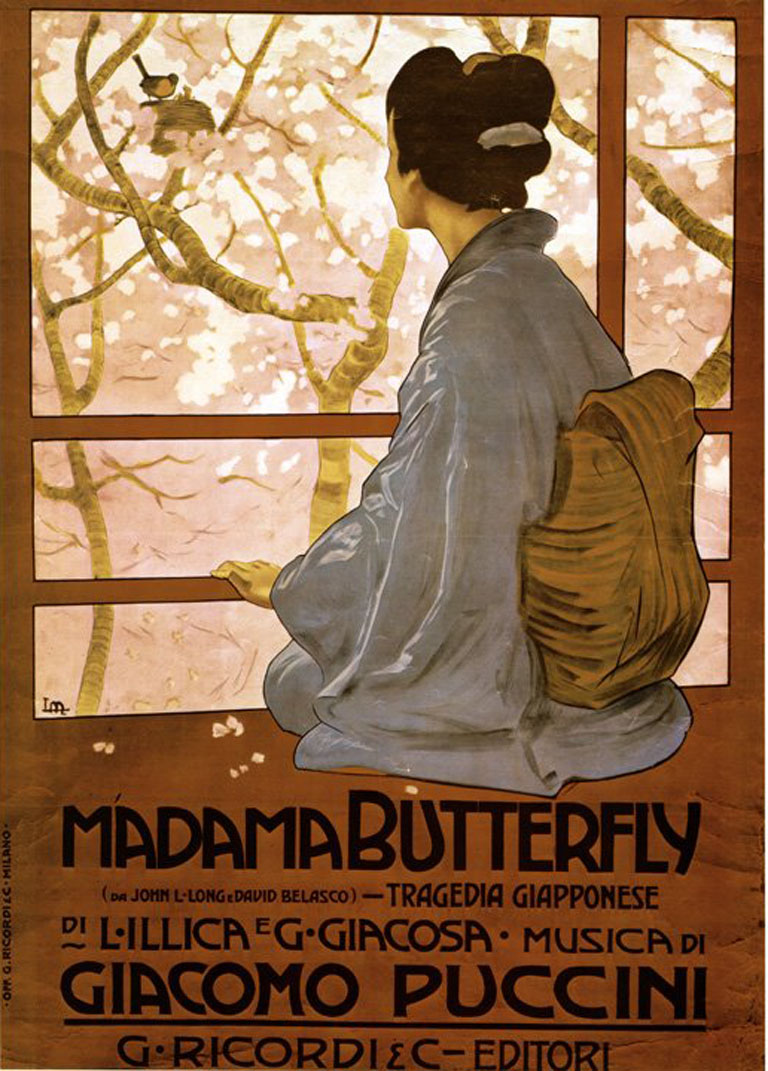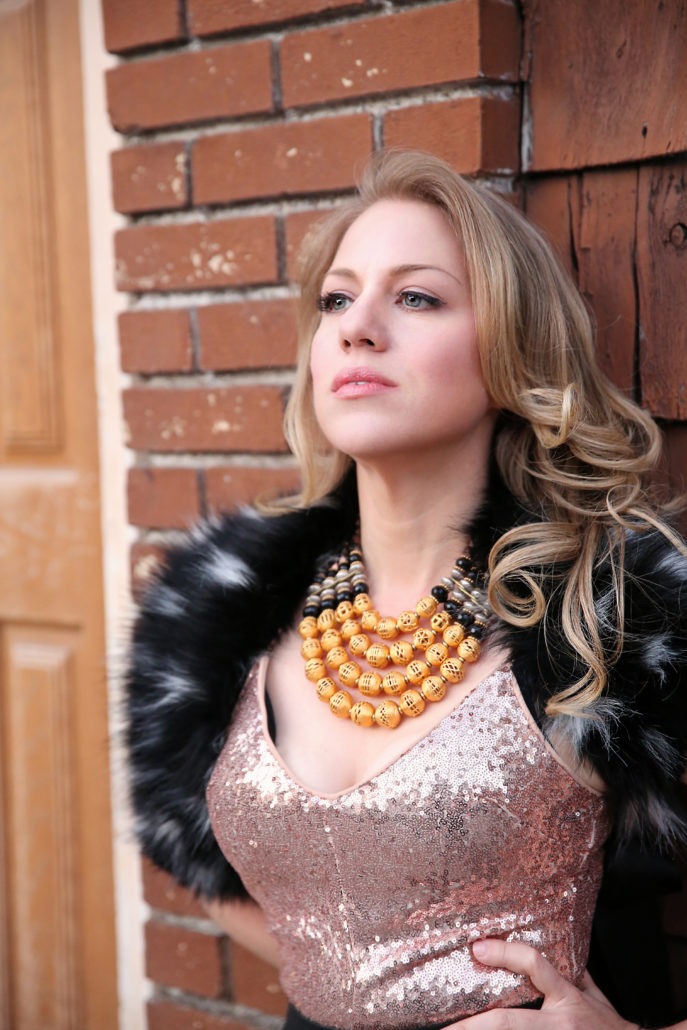Nashville Opera Presents:
Madame Butterfly
Giacomo Puccini is often considered one of the greatest Italian opera composers of all time. Madame Butterfly, in addition to La bohème and Tosca, has become one of Puccini’s most performed works and is beloved by opera first-timers and connoisseurs alike. Composed in 1904, Butterfly underwent five variations of the original composition to arrive at the standard version that is performed today. Nashville Opera’s production of Madame Butterfly is a moving and talent-filled performance. Of course, it wouldn’t be an opera without drama, deceit, and heartbreak.
 The opera takes place in Nagasaki, Japan and opens on the day of fifteen-year-old Butterfly (Cio-Cio-san)’s wedding to American Lieutenant B. F. Pinkerton. Unbeknownst to Butterfly, Pinkerton’s intentions of their marriage are not of love, but status. Sharpless, the American consul, advises him to consider the consequences of breaking Cio-Cio San’s heart. Instead, Pinkerton boasts that he can cancel his marriage at any time and he looks forward to the day when he can marry a “real” American bride. The geishas arrive with Cio-Cio-San and the wedding proceeds with her family, friends, and servant Suzuki in attendance. The celebration is cut short when Butterfly’s uncle arrives and announces to everyone that Butterfly has secretly converted to Christianity for her new husband. The wedding party is horrified at this accusation, and denounces Butterfly, leaving her crying with Pinkerton alone to console her.
The opera takes place in Nagasaki, Japan and opens on the day of fifteen-year-old Butterfly (Cio-Cio-san)’s wedding to American Lieutenant B. F. Pinkerton. Unbeknownst to Butterfly, Pinkerton’s intentions of their marriage are not of love, but status. Sharpless, the American consul, advises him to consider the consequences of breaking Cio-Cio San’s heart. Instead, Pinkerton boasts that he can cancel his marriage at any time and he looks forward to the day when he can marry a “real” American bride. The geishas arrive with Cio-Cio-San and the wedding proceeds with her family, friends, and servant Suzuki in attendance. The celebration is cut short when Butterfly’s uncle arrives and announces to everyone that Butterfly has secretly converted to Christianity for her new husband. The wedding party is horrified at this accusation, and denounces Butterfly, leaving her crying with Pinkerton alone to console her.
Act II and III take place three years after the wedding day, when Cio-Cio-San is waiting for her husband to return from America.

She dismisses Suzuki’s prayers for her and even turns down the wealthy Prince Yamadori as a suitor, convinced that Pinkerton will come back for her. When Sharpless tries to read Butterfly a letter from Pinkerton, she introduces Sharpless to the son that she had by Pinkerton three years ago. After Sharpless leaves, a ship is heard in the harbor: Pinkerton is coming back, but with no intention of seeing Butterly. She and Suzuki decorate the house with flowers. Together with the child, they gaze over the harbor and the famous “Humming Chorus” is heard as the sun sets.
As dawn breaks and Act III begins, Butterfly is unaware that these will be the last hopeful moments of the opera. Ultimately, Cio-Cio-san is faced with the symbolic decision between living in her grief or dying with honor. In addition to Puccini’s striking score, the elaborate set, lighting, and traditional costuming together in Nashville Opera’s production to transport the audience into the tragic world of Cio-Cio-san and her unrequited love. This cast of characters beautifully executes John Hoomes’s stellar artistic direction.
Elizabeth Caballero plays the demanding role of Cio-Cio-san. Her soaring soprano voice is captivating and strong, leaving the listeners drawn to Butterfly’s deep devotion and heartfelt melodic lines. Her brilliant presentation of this character is the heart of the show, and will leave the audience moved and invested in Cio-Cio-San’s world until the curtain closes. Adam Diegal plays B.F. Pinkerton. His commanding stage presence and powerful voice creates the undeniable chemistry that makes Madame Butterfly such a compelling opera. His convincing Pinkerton leaves the audience heartbroken for the young Cio-Cio-san.
The production itself does not take away from the most iconic aspect of this show, Puccini’s music that will be conducted by Dean Williamson. Madame Butterfly is a well-rounded and timeless production that will satisfy more experienced attendees and be a perfect introduction to first-time opera-goers.
Nashville Opera’s production of Madame Butterfly will play at the Tennessee Performing Arts Center’s Andrew Jackson Hall, October 10th and 12th. English subtitles will be projected during the show.


